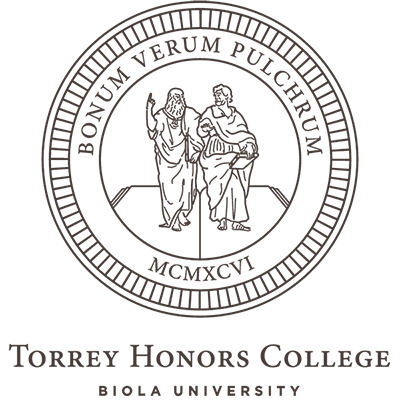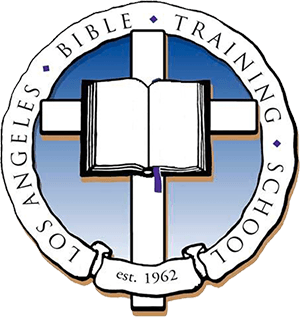A scene from The Canterbury Psalter (12th century)
Blog
Flavel’s Outline of Union with Christ

John Flavel’s Method of Grace (2nd ed., 1699) is a wonderful treatise whose scope is clear from its elaborately long title and subtitle:
The Method of Grace in Bringing Home the Eternal Redemption Contrived by the Father and Accomplished by the Son, through the effectual Application of the Spirit unto God’s Elect, being the Second Part of Gospel Redemption, Wherein the Great Mystery of our Union and Communion with Christ is Opened and Applied, Unbelievers Invited, False Pretenders Convicted, Every Man’s Claim to Christ Examined, and the Misery of Christless Persons Discovered and Bewailed: The Second Edition, Very Much Corrected (London: Thomas Parkhurst, 1699)
Whew! The book appeared with various long sub-titles (if ‘sub-title’ is even the right word for all the copy that fills a seventeenth-century title page) in various editions. This second edition “very much corrected” has the longest one. I like the way it explicitly identifies Method of Grace as “the Second Part of Gospel Redemption.” That links it to Flavel’s previous book, Fountain of Life, a sort of “redemption accomplished” volume that covered Christology and atonement. Gospel Redemption thus functions as the overarching title for the two-book project, Fountain plus Method, covering redemption accomplished in the Son and applied by the Spirit. Flavel’s two-part Gospel Redemption is a classic of trinitarian soteriology.
In addition to a long, clarifying sub-title, this second edition of Method of Grace seems to be the only version of the book that includes a one-page diagrammatic table of contents (see above). It appears under the two-language title ὑποτυπωσις TOTIUS OPERIS, or “pattern of the whole work.” I don’t know what history of usage commended the word ὑποτυπωσις to Flavel, but it occurs in 1 Tim 1:16 and 2 Tim 1:13. I’m blogging the outline/diagram here because I think that, no matter what edition of Flavel you’re reading and citing (I use the 6-volume London 1820 Works), it’s probably not the one lone edition that has this outline in it. So here it is online for easy reference. GB page scans here; EEBO-TCP html here.
It’s a branching, Ramist diagram, which graphically displays the distinctions under which the topic is treated. The outliner made sure that the terminating points are the actual sermons included in the Method, so the outline also serves as a highly analytic table of contents.
The highest level of organization, running up the left margin, rehearses the two-volume distinction already mentioned: “Redemption hath 2 Parts, viz. meritorious Impetration, opened Part 1 [Fountain of Life], and effectual Application opened in this 2d Part [Method of Grace].
That Application of Redemption is “considered and improved” in two ways: Doctrinally and Practically. Doctrinally, Flavel considers the Application of Redemption in terms of our union and communion with Christ. Practically, Flavel has much to say! The diagram is a little bit pinched at places, but it’s very helpful nonetheless.
About This Blog

Fred Sanders is a theologian who tried to specialize in the doctrine of the Trinity, but found that everything in Christian life and thought is connected to the triune God.


